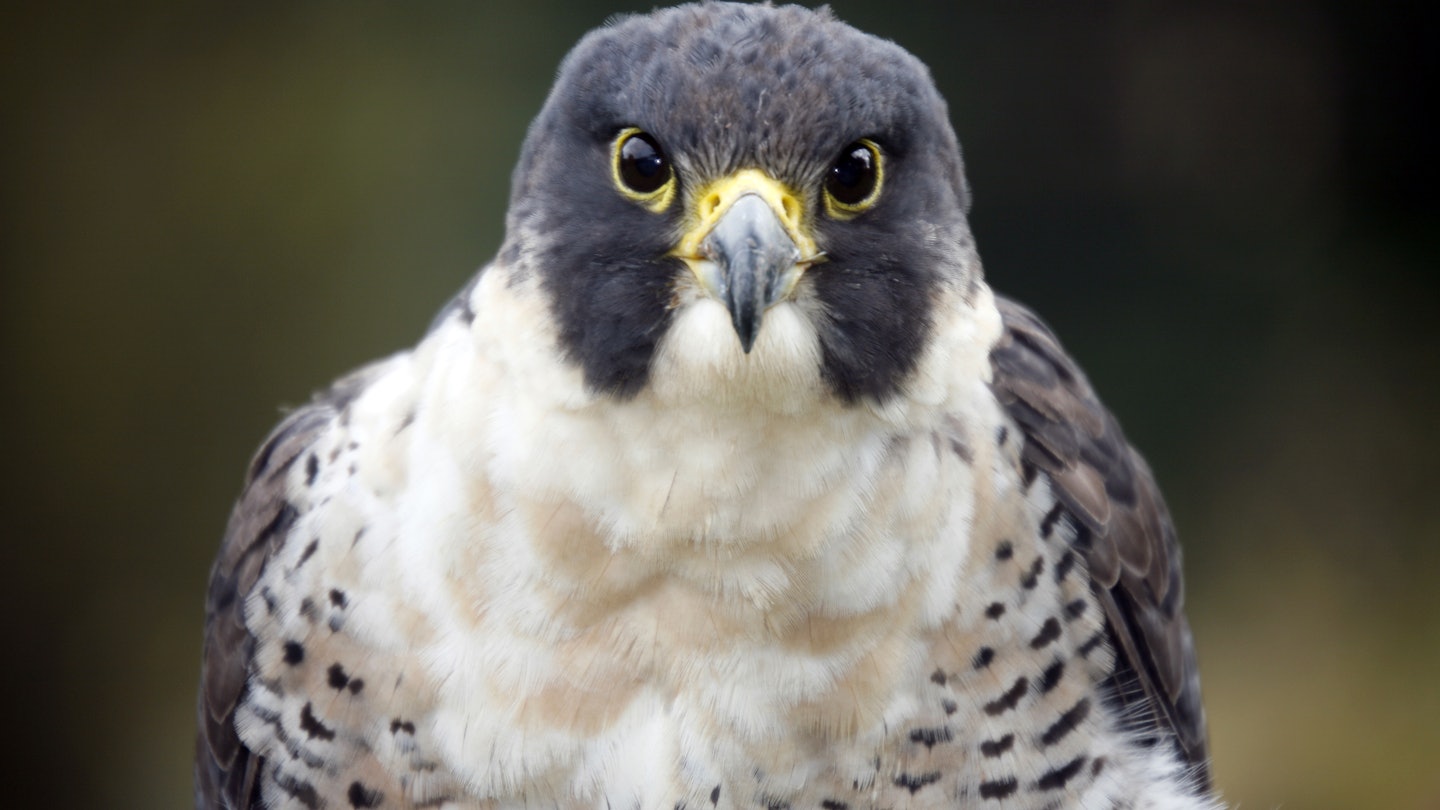How nesting peregrine falcons may impact your trip to Zion National Park

Mar 3, 2022 • 3 min read

The peregrine falcon is believed to be the fastest world's fastest animal. © Geri Lavrov/Getty Image
The high cliffs of Zion National Park in Utah don't only appeal to adventurous hikers and climbers. In the spring, the red rock cliffs also beckon the peregrine falcon — believed to be the world's fastest animal — to nest.
Once an endangered species, the park monitors the birds and takes steps to protect their nests because if they are disturbed, the peregrine falcons can abandon them.
If you’re planning to visit, you may get a chance to see these graceful predators. But it's also important to know Zion National Park has closed sections of the climbing routes on its breathtaking cliffs in anticipation of the arrival of nesting falcons.
Introducing Utah's national parks
What is a peregrine falcon?
The falcons draw their name from the Latin word “peregrine” which means to travel or to wander, as the birds can travel up to 15,000 miles in a migratory year.
Though the falcons range in speed between 25-34 miles per hour, when the bird makes its sharp dive after prey, in just 8 seconds it can reach speeds between 100 and 200 miles per hour.

With those speeds, the falcon is believed to be the fastest animal in the world. It was once endangered due to the use of the pesticide DDT in the United States, which caused the birds to lay eggs with very thin shells. This made the delicate eggs vulnerable to cracking and subsequently killing any potential offspring.
In 1970, just before the insecticide was banned from use, just 39 breeding pairs of peregrine falcons existed in the lower 48 states of the United States.
Since the US banned DDT in 1972, and with help from monitoring programs like this one at Zion National Park, the peregrine falcon was removed from the endangered species list in 1999. There are now believed to be more than 4,000 breeding pairs in the United States.
Where will I find closures in Zion National Park?
The closures primarily impact the cliffs and climbing routes, not hiking trails through the park. According to the park’s guidance on raptor closings, starting March 1, rangers closed portions of these cliffs:
Angels Landing
Cable Mountain
The Great White Throne
Isaac (in Court of the Patriarchs)
The Sentinel
Mountain of the Sun
North Twin Brother
Tunnel Wall
The East Temple
Mount Spry
The Streaked Wall
Mount Kinesava
The only hiking routes potentially impacted by the closures are the East Rim Trail and Hidden Canyon Trail which mark the southernmost boundary of the closure on Cable Mountain. If you plan to hike in these areas, check for closures before you arrive.
The routes will remain closed until biologists are able to determine where the falcons have made their nests and nesting season is over.
Want to hike Zion's fearsome Angels Landing? You'll need a permit
Can I see the peregrine falcon in the park?
Zion National Park is a great place to see the peregrine falcons and the endangered California condor. Of course, as with all wildlife in national parks, you'll need to do so from afar.
The peregrine falcons make their nests on cliffs between 25 and 1,300 high so you may want to bring a pair of binoculars. Zion National Park advises to see peregrine falcons, go to the Big Bend shuttle stop in the park. Wildlife experts say you can observe the birds mating between March and early May while the chicks will leave the nest in late June through late July.
You might also like:
Zion or Bryce Canyon? How to choose between Utah's top national parks
Incredible lodges to book right in the heart of US National Parks
Where to find the USA's 12 newest national parks



